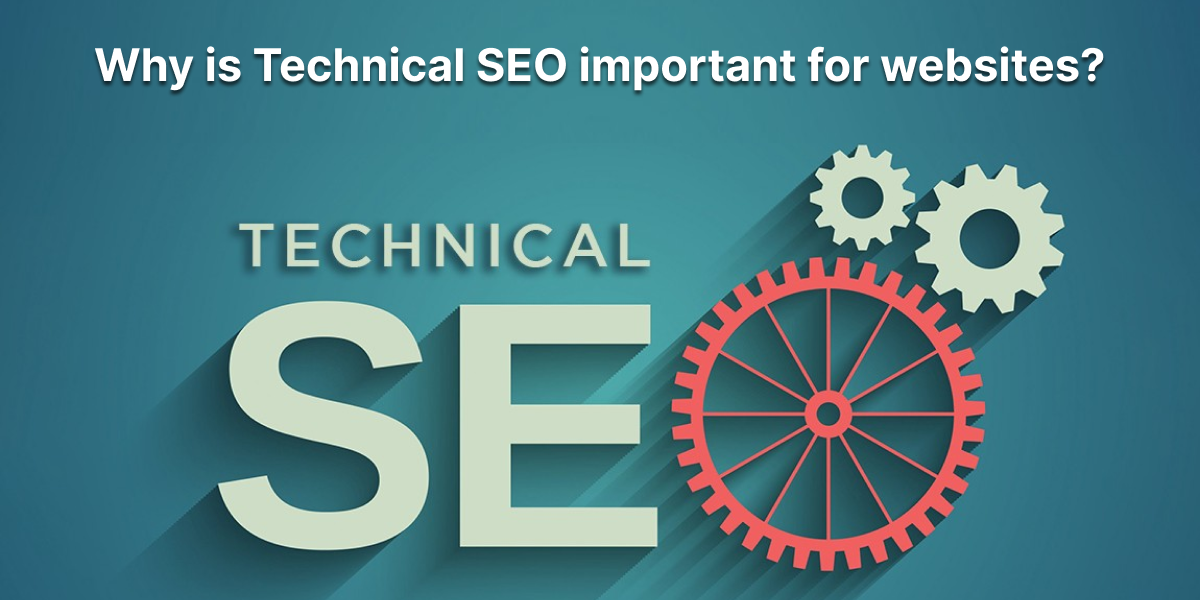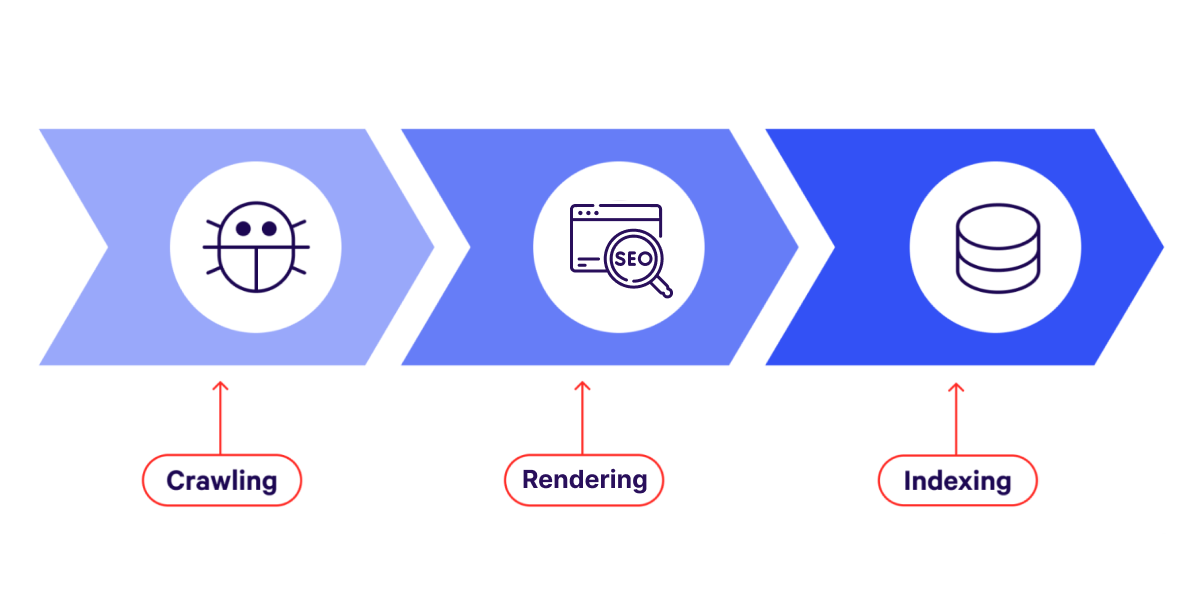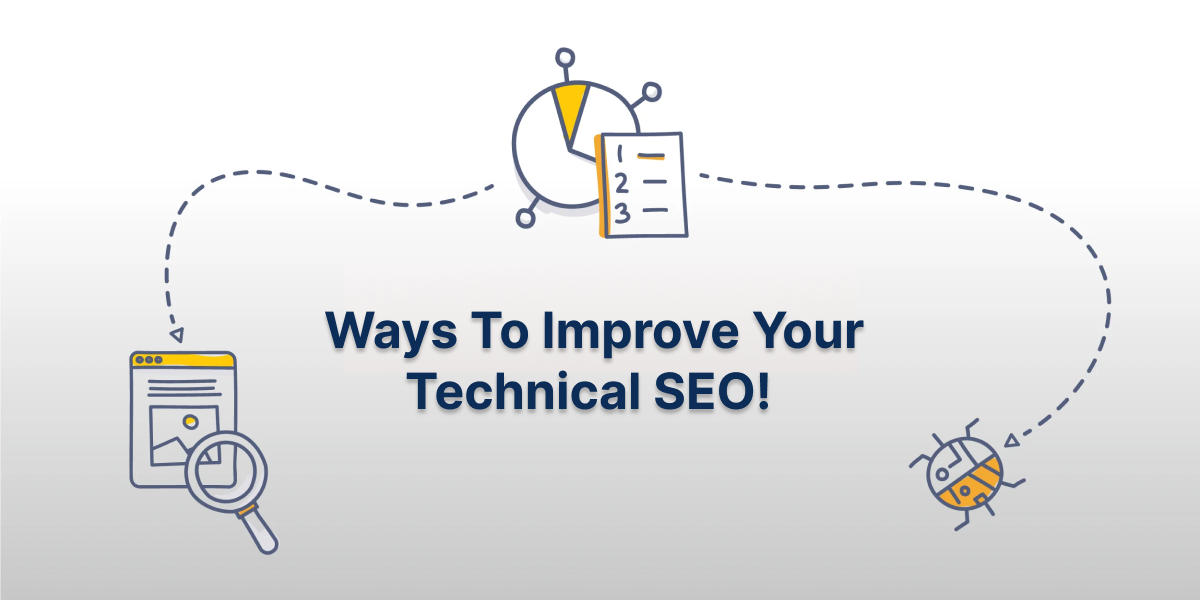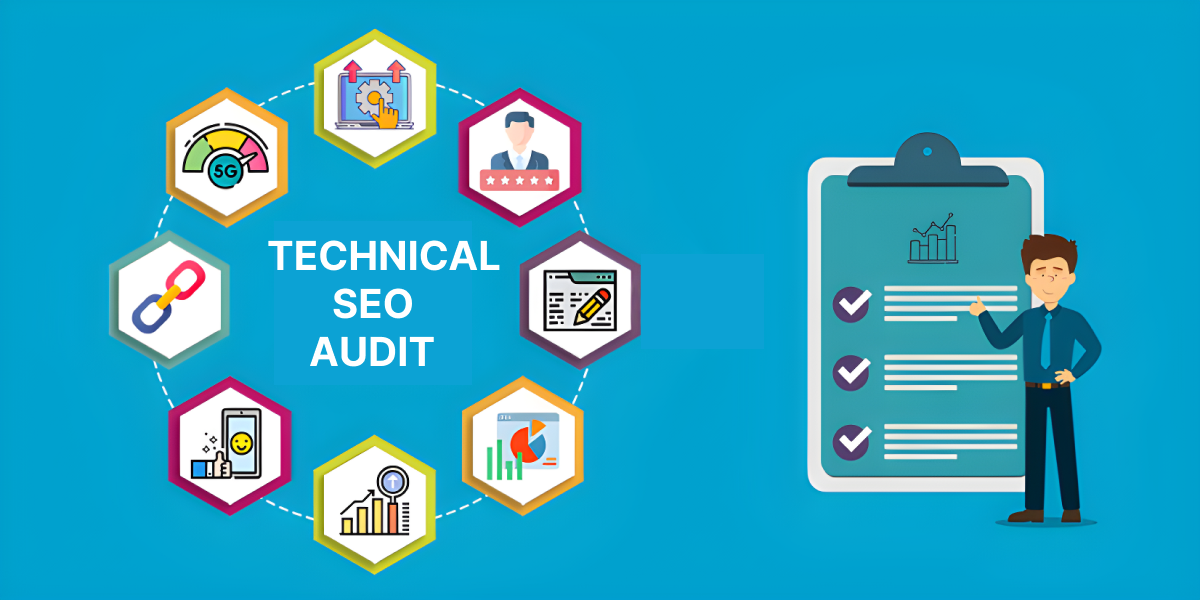Unlocking the Power of Technical SEO
Discover the importance of technical SEO for enhancing search engine visibility and user experience. Learn about core aspects like site speed, mobile responsiveness, and structured data, and find out how to improve your website's performance and ROI with effective SEO strategies.

Unlocking the power of technical SEO reveals your website's hidden potential by optimizing its structure, crawling, and indexing. Mastering these elements enhances search engine performance, boosts visibility, and improves user experience.
What is Technical SEO?
Technical SEO is the process of optimizing the technical elements of a website to improve its search engine rankings and ensure it is easily crawled and indexed by search engines.

Why is Technical SEO important for websites?
- Technical SEO is vital for websites because it addresses key technical factors that impact search engine visibility and user experience.
- By ensuring that a site is easily crawled and indexed by search engines, technical SEO helps improve search rankings.
- It enhances user experience by improving site speed, mobile responsiveness, and navigation, which can lower bounce rates and boost engagement.
- Implementing HTTPS also enhances security, protects user data, and builds trust, positively impacting search engine rankings.
- A well-organized site structure and clear URL hierarchy aid users and search engines in navigating the site, improving content discovery and relevance.
- Technical SEO provides a strong foundation for search engine performance and user satisfaction.
- By addressing issues such as broken links, crawl errors, and duplicate content, technical SEO helps prevent potential penalties and ensures that search engines accurately reflect the site's content.

Core Aspects of Technical SEO
Core aspects of technical SEO include optimizing site speed, mobile responsiveness, and security while ensuring effective crawl ability and indexing through proper site structure and sitemaps.

Crawling
Crawling is how search engines use automated bots to explore and collect data from web pages. These bots follow links across the internet, indexing the content to make it searchable and help rank pages in search results.
Rendering
Rendering is the process by which search engines or web browsers generate a visual representation of a web page from its underlying code. After crawling a page, rendering involves interpreting and displaying the HTML, CSS, and JavaScript to understand how the page appears to users, which helps search engines assess the page's content and functionality.
Indexing
Indexing is the process by which search engines organize and store information from web pages after they have been crawled. During indexing, the search engine adds the content to its database, making it retrievable for queries.
This process involves analyzing and categorizing the content to determine its relevance to specific search terms, influencing how the page appears in search results.
How Can You Improve Your Technical SEO?
Improving a website’s technical SEO is easy. One needs to follow certain steps and remove any errors. The following are some of the steps that can help you improve your website’s technical SEO:
- Optimizing site speed: Optimizing site speed is crucial for user experience and search engine rankings. A fast-loading website reduces bounce rates and improves user satisfaction by providing a seamless browsing experience.
To achieve optimal site speed, it’s essential to implement strategies such as compressing images, leveraging browser caching, and minimizing CSS and JavaScript files.
Optimizing server response times and employing content delivery networks (CDNs) can further enhance performance. By prioritizing site speed, you meet user expectations and align with the search engine algorithms favouring quicker, more responsive websites, ultimately driving better rankings and increased engagement. - Mobile-friendliness: Mobile-friendliness is a critical component of modern SEO, reflecting the growing trend of mobile internet usage. A mobile-friendly website ensures that users have an optimal viewing experience across a variety of devices, from smartphones to tablets.
This involves using responsive design to automatically adjust the layout and content to fit different screen sizes, improving readability and navigation. As search engines like Google prioritize mobile-first indexing, a site’s performance on mobile devices directly impacts its search rankings.
By ensuring that your site is mobile-friendly, you enhance user satisfaction, reduce bounce rates, and align with search engine standards, ultimately fostering higher engagement and better search visibility. - Use Sitemaps: Using sitemaps is essential for enhancing both search engine indexing and user navigation. An XML sitemap helps search engines discover and index your website’s content more efficiently by listing all the important URLs and their metadata.
Meanwhile, an HTML sitemap provides users with a clear, hierarchical view of your site’s structure, making it easier to find and access information. Implementing both types ensures that your site is well-organized and accessible, boosting overall visibility and user experience. - Install SSL: Installing an SSL certificate is vital for ensuring the security and trustworthiness of your website. SSL (Secure Sockets Layer) encrypts the data exchanged between your site and its visitors, protecting sensitive information from interception and cyber threats.
Beyond enhancing security, having SSL also boosts your search engine rankings, as search engines favour sites with HTTPS over those without. By installing SSL, you not only safeguard your users' data but also build credibility and improve your site’s overall SEO performance. - Organize Content: Organizing content effectively is crucial for both user experience and search engine optimization. A well-structured website with clear headings, intuitive navigation, and logically grouped information makes it easier for visitors to find what they’re looking for.
This organization also helps search engines understand and index your content more efficiently, improving your site’s visibility and ranking. By prioritizing a coherent content structure, you enhance user engagement and support better search engine performance. - Schema Data: Implementing schema data enhances your website’s visibility by providing search engines with detailed, structured information about your content.
Schema markup, or structured data, helps search engines understand the context of your content, such as events, reviews, or product details, and can lead to richer search results like enhanced snippets or knowledge panels.
By incorporating schema data, you not only improve your site’s search engine visibility but also enhance user engagement through more informative and appealing search results. - URL Structure: A well-organized URL structure is essential for both user navigation and search engine optimization. Clean, descriptive URLs that reflect the content hierarchy of your site make it easier for users to understand and remember links, while also aiding search engines in crawling and indexing your pages more effectively.
By using simple, keyword-rich URLs and maintaining a logical structure, you enhance user experience and improve your site’s search engine rankings, ultimately driving more traffic and engagement.

Technical SEO Audits
Technical SEO audits involve a comprehensive analysis of a website's technical aspects to identify issues that impact search engine performance and user experience.

When to conduct a Technical SEO audit?
- Pre-Launch or Website Redesign: Before launching a new site or redesigning an existing one, a technical SEO audit ensures that foundational SEO elements are correctly implemented, preventing potential issues that could affect search engine visibility from the start.
- After Major Updates or Changes: Following significant changes to your site, such as content updates, plugin installations, or backend modifications, an audit helps identify and rectify any issues that might impact performance or indexing.
- When Facing SEO Performance Issues: If your website experiences a sudden drop in search engine rankings, traffic, or user engagement, a technical SEO audit can pinpoint underlying technical problems that may be affecting performance.
- Periodic Reviews: Regular audits (e.g., quarterly or annually) help maintain and improve SEO health by identifying and addressing emerging issues and ensuring that your site remains compliant with the latest search engine guidelines.
Why Conduct a Technical SEO Audit?
Conducting a technical SEO audit is essential to identify and address issues that hinder a website's search engine performance and user experience.
It helps uncover technical problems such as slow load times, crawl errors, and poor site structure, enabling you to make data-driven improvements that enhance search rankings and ensure a smoother user experience.
Improve Search Engine Visibility
Improving search engine visibility involves optimizing various aspects of your website to increase its ranking and presence in search engine results.
This includes refining on-page elements like keywords, meta tags, and content quality; enhancing technical SEO factors such as site speed, mobile-friendliness, and crawling; and building high-quality backlinks to boost authority and relevance.
Additionally, leveraging structured data and maintaining a well-organized site structure can help search engines better understand and index your content, ultimately driving more organic traffic and improving overall visibility.
Increase Site Security
Increasing site security involves implementing measures to protect your website from potential threats and vulnerabilities.
Key steps include installing an SSL certificate to enable HTTPS, regularly updating software and plugins to patch security vulnerabilities, and using strong, unique passwords for site access.
Additionally, employing security plugins, monitoring for malware, and conducting regular security audits can help safeguard your site from attacks and ensure a secure user environment.
Why Page Speed Matters
Page speed matters because it directly impacts user experience, search engine rankings, and conversion rates. Faster-loading pages lead to lower bounce rates and higher engagement, as users are likelier to stay on and interact with a site that loads quickly.
Additionally, search engines like Google consider page speed to be a ranking factor, so faster sites are more likely to achieve better positions in search results. Ultimately, improving page speed can enhance overall site performance and drive better business outcomes.

Conclusion
In conclusion, mastering technical SEO is essential for optimizing a website's performance, user experience, and search engine visibility. By addressing core aspects such as site speed, mobile responsiveness, security, and structured data, you can enhance your site’s ability to be effectively crawled and indexed by search engines.
Implementing strategies like proper sitemap configuration, utilizing canonical tags, and ensuring W3C validation further solidify your site's foundation, making it more accessible and user-friendly. Regularly conducting technical SEO audits helps identify and resolve issues that could impact your site’s rankings and user experience.
Ultimately, a well-optimized website not only attracts more organic traffic but also improves engagement and maximizes return on investment, driving long-term success in a competitive digital landscape.
